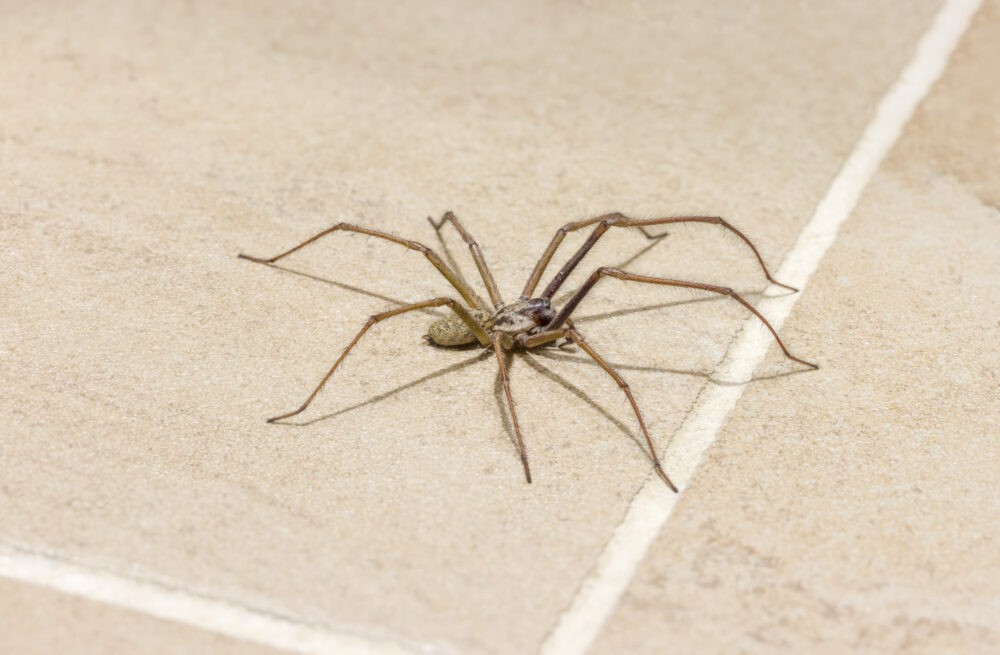Key Characteristics:
- Arachnid Predators: Spiders are arachnids with eight legs, fangs, and silk-producing spinnerets.
- Variety of Species: There are numerous species of spiders, each with different behaviors, sizes, and venomous properties.
- Beneficial Predators: While some spiders are venomous, most are beneficial predators that control insect populations.
Potential Risks and Concerns:
- Venomous Bites: Some spider species have venomous bites that may cause reactions in sensitive individuals.
- Unwanted Webs: Spiders may create webs in and around living spaces, which can be unsightly.
- Fear and Discomfort: The presence of spiders can cause fear and discomfort for some individuals.
Preventive Measures:
- Seal Entry Points: Inspect and seal gaps, cracks, and openings in windows, doors, and walls to prevent spider entry.
- Regular Cleaning: Keep living spaces clean, eliminating spider hiding spots like clutter and cobwebs.
- Outdoor Maintenance: Trim vegetation and plants near the home, reducing potential entry points for spiders.
- Limit Outdoor Lighting: Reduce outdoor lighting at night, as it can attract insects, subsequently attracting spiders.
- Remove Insects: Control other insect populations, as spiders are attracted to their prey.
Professional Assistance:
If spider infestations persist or if venomous species are a concern, consider seeking professional pest control services.

